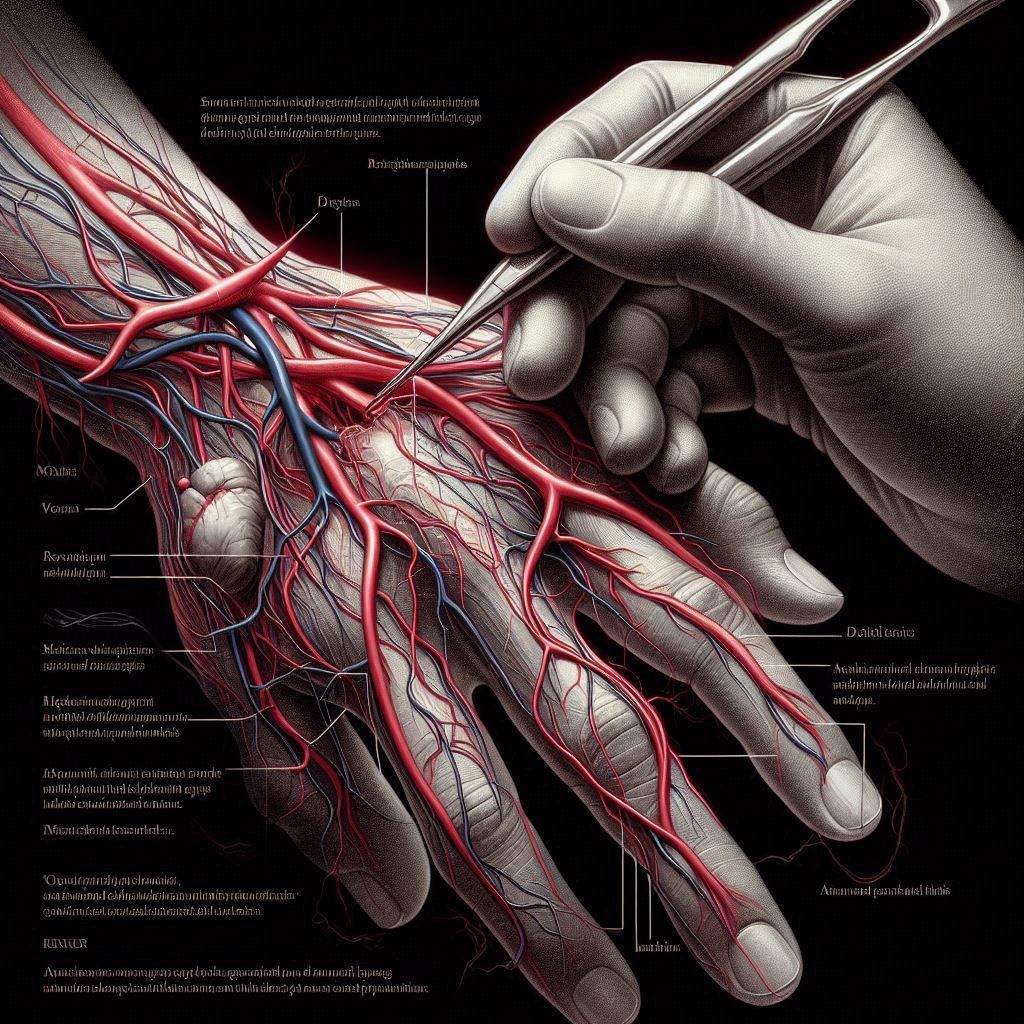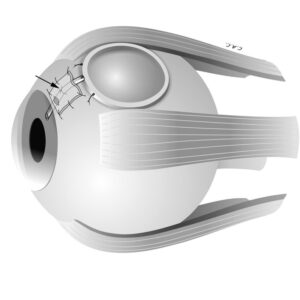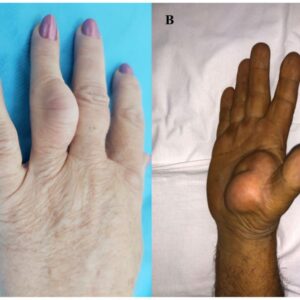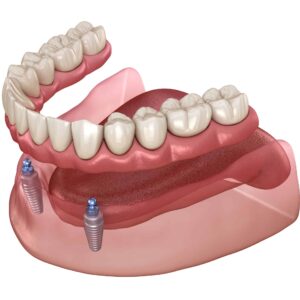Description
Familiarity with Treatment:
Digital revascularization is a surgical procedure aimed at restoring blood flow to a traumatically injured or amputated finger by repairing or bypassing damaged blood vessels. This procedure is often performed in cases where traditional digital replantation is not feasible or appropriate.
Procedure:
- Assessment and Imaging: The extent of the vascular injury is assessed through clinical evaluation and imaging studies to determine the feasibility of revascularization.
- Surgical Intervention: The damaged blood vessels are repaired using microsurgical techniques, or a bypass graft may be used to restore blood flow to the injured digit.
- Monitoring and Stabilization: The revascularized digit is monitored for adequate circulation, and protective measures, such as splinting, may be employed to support the healing process.
Who is it Suitable for?
Digital revascularization is suitable for individuals who have sustained traumatic injury resulting in compromised blood flow to a finger or thumb. It is often considered for patients with traumatic amputations or severe injuries affecting the blood vessels of the digit.
Who is it Not Suitable for?
Digital revascularization may not be suitable for individuals with extensive tissue damage or irreversible loss of tissue viability in the affected digit. Additionally, patients with severe systemic medical conditions that may impair healing or who have inadequate donor vessels for bypass grafting may not be ideal candidates.
Advantages:
- Restoration of Blood Flow: Successful revascularization can restore blood supply to the injured or amputated digit, promoting tissue viability and healing.
- Preservation of Tissue: Revascularization can potentially salvage the affected digit, reducing the need for traumatic amputation and preserving function.
Complications:
- Complications of digital revascularization may include impaired blood flow, thrombosis (clot formation), vessel narrowing, and the risk of infection. In some cases, despite revascularization, the digit may not regain full function or viability.
Preoperative Care:
- Comprehensive assessment of the vascular injury and the affected digit to determine the feasibility of revascularization
- Evaluation of the patient’s general health and medical history
- Patient education regarding the procedure, potential outcomes, and postoperative care
Postoperative Care:
- Vigilant monitoring of blood flow and tissue viability in the revascularized digit
- Immobilization and protection of the digit to facilitate healing
- Rehabilitation and physical therapy to promote recovery of function and mobility
- Regular follow-up appointments to assess healing and function





Reviews
There are no reviews yet.